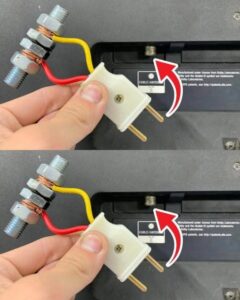As streaming platforms and cable subscriptions grow more expensive, many households are seeking legal and affordable ways to access local TV channels. One legitimate option is to receive over-the-air (OTA) television broadcasts, which are available for free in many regions using a digital antenna.
You don’t need to spend money on a commercial antenna. With a few basic materials and a bit of time, you can build a simple indoor TV antenna at home that may help you receive channels broadcast by your local stations — entirely within legal and FCC-compliant guidelines.
This guide outlines a basic educational project for constructing a homemade antenna to receive free, publicly available OTA broadcasts such as local news, PBS, and select national networks.
Is It Legal to Watch Free TV Using a DIY Antenna?
Yes. The Federal Communications Commission (FCC) confirms that many television stations in the United States broadcast their content over the air for free, and viewers are allowed to receive these signals using a compatible antenna.
Building your own antenna is completely legal — as long as you use it to access free-to-air broadcasts and not to interfere with or bypass encrypted, subscription-based services.
Source: FCC – Over-the-Air TV

What You’ll Need to Build a Simple Indoor Antenna
To build a basic indoor TV antenna, gather the following materials. These are easily available at most hardware or electronics stores and are often already found around the house:
1 wooden board (roughly 10×10 inches, acts as a base)
4 long screws (metal, around 3 inches)
Coaxial cable (standard RG6 or RG59, with one end stripped)
Screwdriver and pliers
Electrical tape or hot glue
Optional: aluminum foil (to test signal enhancement




